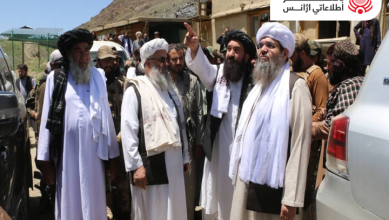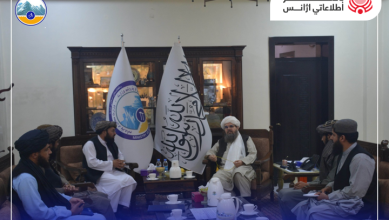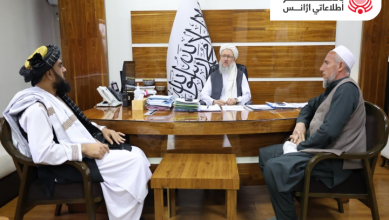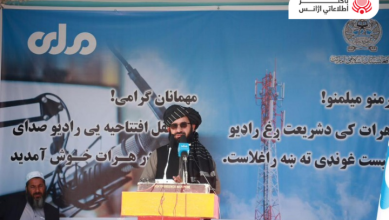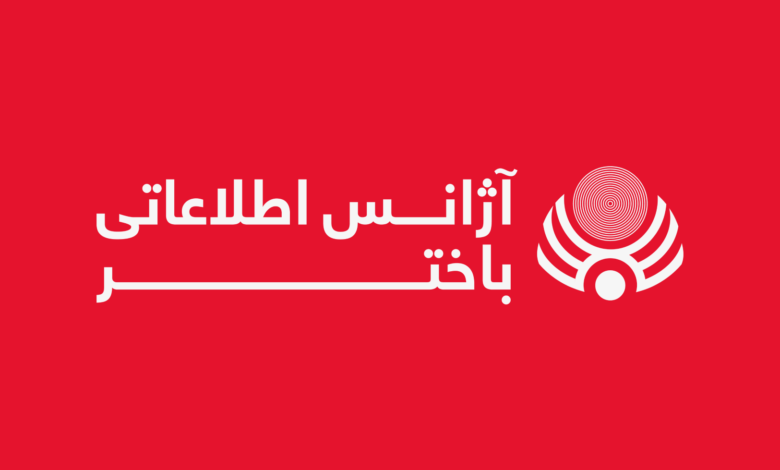
Monday June 16, 2014
Kabul (BNA) The Cultural Heritage reflects the spiritual and material legacy of a Nation.
Afghanistan is considered as an important and historic country in the world. The culture and the civilization in this region is quite attractive with having the huge natural beauty and existence of sky touching mountain peaks with more than 7,000 meters height, vast deserts, plain lands, rivers, glaciers in Pamir and Salang reflect the natural beauty and diversities of seasons in this ancient and historic land and its touristic and cultural image. Afghanistan has also been interpreted as a place for diversity and variation of life.
In 2001, international community once again started focusing on this sector and the first national park was established in the country in 2009 with the financial and moral cooperation of world community. Lasting years of war and violence have left damaging consequences on the cultural spheres of the country and today our ancient heritages are in dire need of concentration. With the financial support of South Asia Foundation in close cooperation with Ministry of Information and Culture, the ninth workshop was held in the UNESCO-MADANJEET SINGH Center for preservation of Afghanistan’s Cultural Heritages from 14th of April to 12th of June where around 40 trainees from Ministry of Information and Culture and local trainers from Kabul high schools participated.
“The workshop aimed to boost capacity of the employees related to the cultural heritages, we are looking for more workshops in this respect with the financial support of SAF, fortunately, so far at least nine workshops have been completed on the importance of cultural heritages,” head of cultural heritage center, Sulaiman Ahmadi said. “Such workshops are quite important with regard to cultural heritage, because cultural monuments are interpreted very important in our country,” he said. He added that the main purpose of the workshop was to enhance awareness about the vitality of cultural monuments in the country among the people and to seek ways on how to protect and preserve these ancient and historic assets of the country. “We also have some plans in the future, we hope that the South Asia Foundation provide us the financial supports for that so that continue our programs and workshops.
We have also undertaken book binding workshops for National Archive employees to further boost their capacities,” Ahmadi further said. “Workshops on awareness about the cultural heritage are very essential and useful, it enhances general awareness among the workers and employees with respect to the importance of cultural heritages,” a participant of workshop Mohammad Nadir Walizada said. The South Asian Foundation (SAF) is a secular, non-profit and non-political organization, which was established in September 2000. Its objective is to uphold its core values of regional cooperation and peace through education and cultural interaction between the eight SAARC countries Afghanistan, Bangladesh, Bhutan, India, Maldives, Nepal, Pakistan and Sri Lanka.
SAF has been admitted into official relationship with the United Nations Educational, Scientific and Cultural Organization (UNESCO) and recognized as an Apex Body of South Asian Association of Regional Cooperation (SAARC). Its aims, objective and activities are in conformity with the spirit, purpose and principles of the two international organizations. The history and culture of Afghanistan are profoundly interwoven with South Asia. When the Taliban regime destroyed the colossal fifth-century Bamyan Buddha’s and other priceless works of Afghanistan art, the South Asia Foundation pledged a contribution of $1 million at the First National Committee for the Safeguarding of Afghanistan’s Cultural Heritage. This meeting, held in Paris on 16th June 2003, was attended by Afghanistan’s Minister of Information and Culture, Sayeed Makhdoom Raheen. On his return to Kabul, he conveyed the decision President Hamid Karzai for Afghanistan to accept membership of the SAF.
Furthermore, Afghanistan would establish a UNESCO Madanjeet Singh Institute for Afghanistan’s Cultural Heritage in Kabul to be used for the training of specialists in South Asian heritage. Accordingly, a tripartite agreement signed in Paris on 22nd March 2004 between the UNESCO Director-General Koichiro Matsuura, the Government of Afghanistan and the SAF. The institute was inaugurated on 13th July 2006 and UNESCO assigned two experts, Dr. Tej Singh, retired Director of the National Research Laboratory for Conservation of Cultural Property (NRLC), Lucknow, India and Mr. Robert Knox of the British Museum, London, to visit Kabul and submit a report on the Institute’s administration.
These agreements were the sequel to a resolution adopted by the SAF Governing Council at their Annual Meeting at Beaulieu-Sur-Mer in 2002: to locate ways to improve Afghanistan’s participation in both on going SAF projects in the field of education and joint programs on regional cooperation. Subsequently, the Government of Afghanistan applied for membership of SAARC, a request accepted during the Dhaka Summit in 2002. The South Asia Foundation has decided to establish similar Institutions of Excellence in other SAARC countries in cooperation with UNESCO. The SAF was admitted into a special relationship with UNESCO during its 175th session in Paris.

